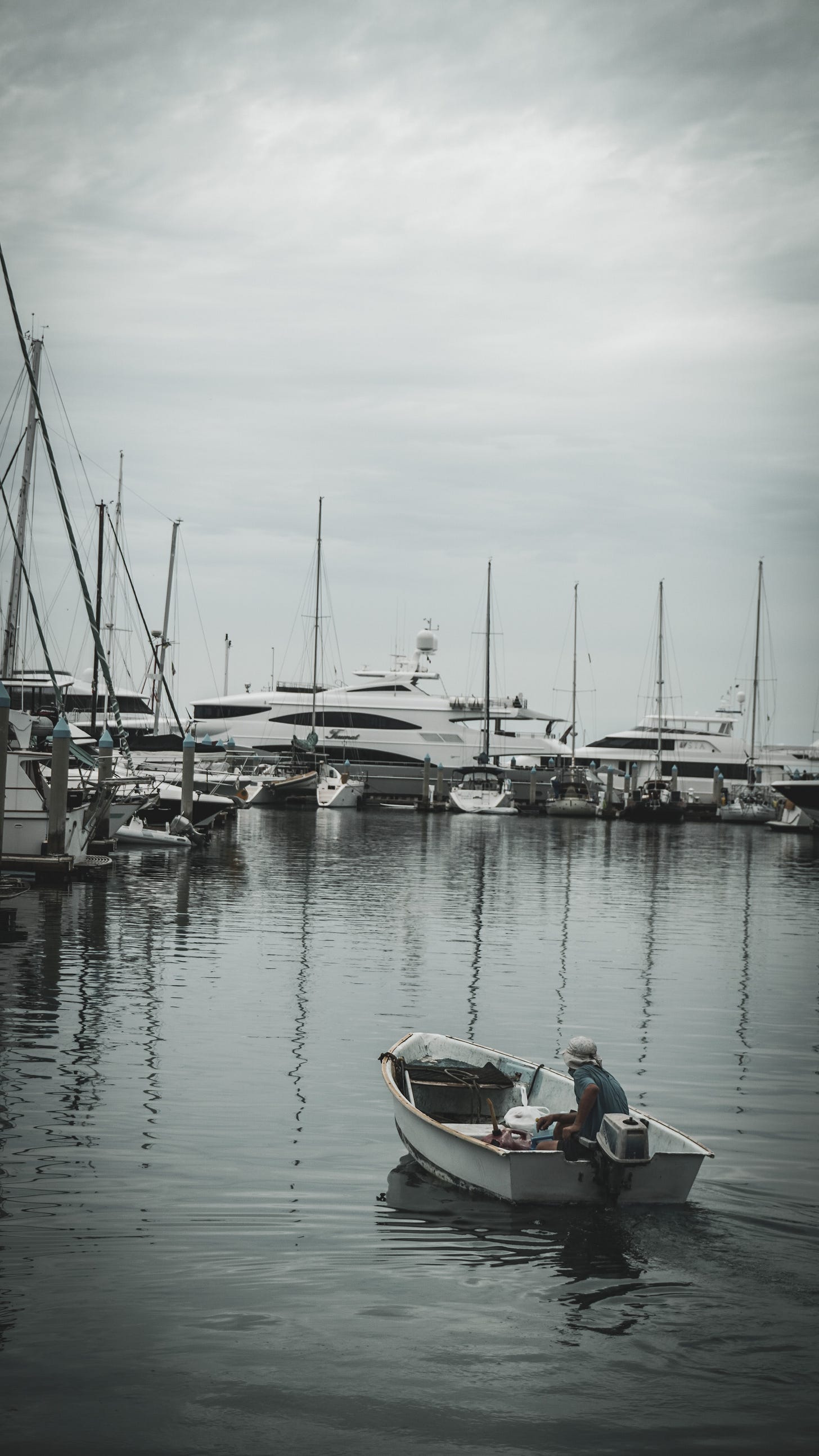Venice banned cruise ships after a make-or-break warning from UNESCO. Can it happen again in this Mexican city?
With a new megaport threatening marine life in the UNESCO-protected Gulf of California, La Paz conservationists are mounting resistance to overtourism.
Throughout 2020, travel carriers of all types were grounded, lodged, and docked for abnormal periods of time. Planes sat on taxiways; trains in stations; cruise ships on water. As time went by, the bay of La Paz became the Gulf of California’s newest parking lot.
“It was announced that La Paz would temporarily harbour a couple of cruise ships at the beginning of the pandemic,” says Jacqueline Valenzuela of the Centre for Renewable Energy and Environmental Quality (CERCA).
“But when we realised there was investment in the works for a cruise ship megaport, that’s when all the alarm bells went off.”

Long described as the aquarium of the world, the Gulf of California is an aquamarine jewel set between Mexico’s mainland coast and Baja California peninsula. Home to 39% of the world’s species of marine mammals, the Islands and Protected Areas of the Gulf of California have held UNESCO World Heritage status since 2005.
In 2019, however, the Gulf was placed on UNESCO’s “list of World Heritage in danger,” for the site’s failure to protect the vaquita marina – an endemic species of porpoise. Now, La Paz – the capital of Baja California Sur – is the latest front in the fight to protect this “global conservation gem” from cruise industry development.

What’s the issue?
“Aside from the air and water pollution observed from these ships when anchored for extended periods in the bay,” Valenzuela says, “cruise terminals require energy, water, and waste management.”
With attractions, hotels, and restaurants, the planned megaport could host up to 150 ships in a year, and each ship would bring between 3,000 and 6,000 people. “These are demands on the environment that extend to the entire region,” she urges, “both in terms of marine habitats and coastal communities.”
Baja California Sur, for example, is currently the most water-stressed state in all of Mexico, with over half of its aquifers at levels of overuse. “The civic and scientific response is simply, ‘we don’t have the resources for tourism like this’”, says Valenzuela.

Ikal Hernández, organiser with the local group Defensa del Territorio BCS, said he was able to get a resistance movement together in three days, due in part to mounting environmental concern from La Paz’s residents. “The idea that tourism is a necessary pillar of economic diversity is dangerous,” says Hernández, “if it is not organised, its effects can be extreme.”
Learnings from Venice
La Paz’s predicament has a fair deal in common with happenings in Venice, Italy. Following years of social and environmental degradation, the Floating City finally banned cruise ships from its port after receiving an over-tourism warning from UNESCO.
As with Venice, UNESCO lists “plans for large-scale tourism development” as an identified threat to the Gulf’s World Heritage. But whereas Venice’s port, lagoon and city are all designated World Heritage, only one quarter of the Gulf’s heritage is terrestrial.
According to César Moreno-Triana, programme specialist for UNESCO’s Latin America and Caribbean Unit, UNESCO does not currently develop management plans for coastal cities that border marine World Heritage sites. That responsibility falls on their own governments.
In the experience of Hernández, “if local political interests are otherwise, World Heritage status doesn’t matter.”
“Oftentimes, our politicians are not very well informed of international obligations, so they promote projects without knowing how it might impact them,” says Jorge del Angel-Rodriguez, Vice President of the Collective of Academics from Baja California Sur (CAS).
“We, as civil society, have to learn all of these norms and rights in order to urge compliance not only from our political leaders, but also from businesspeople,” he says.
Caitlin Cooper is a documentary filmmaker and freelance journalist. You can follow her on Twitter and Instagram.



